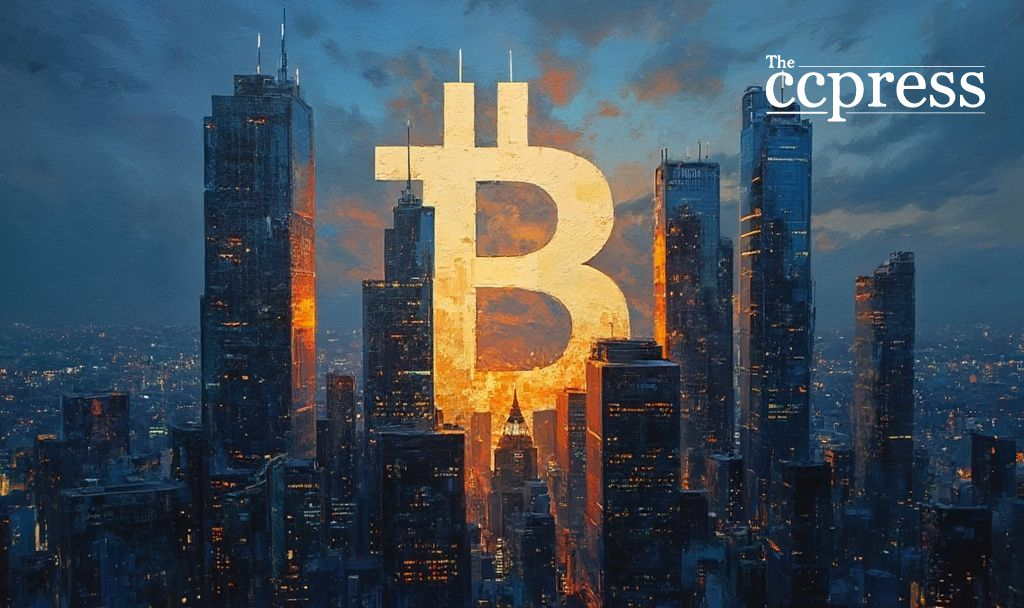- Timothy Peterson critiques Federal Reserve’s tight monetary stance.
- Bitcoin price potentially 50% below expected levels.
- Continued tight policy may prevent historic Bitcoin growth.
Timothy Peterson, an economist, argues that the U.S. Federal Reserve’s restrictive monetary policy is undermining Bitcoin’s potential growth this year. He highlights this issue through statements shared on X (formerly Twitter).
Bitcoin’s pricing is allegedly suppressed by up to 50% due to the U.S. Federal Reserve’s monetary policy. Effects resonate across risk asset valuations, raising market uncertainties.
Peterson claims Bitcoin is trading below its potential, primarily due to the Federal Reserve’s stringent policies. He substantiates this through macroeconomic analyses emphasizing liquidity and market cycles. As he articulates, “Bitcoin could be 30% to 50% higher today if the Fed had managed a proper ‘soft landing’ for the economy.”
With bearish pressures looming, market participants are on alert. The Fed’s steady policy without rate cuts impacts broader economic conditions and potentially the future Bitcoin landscape.
Financially, tight liquidity may stifle Bitcoin reaching $70,000, according to Peterson. He outlines concerns relating to market liquidity and prolonged rate tightness.
Timothy Peterson’s market analysis insights shared on X.
Markets are keenly observing 2025 trends, reflecting apprehensions similar to the 2018 bear market. The Fed’s decisions remain pivotal as analysts examine historical parallels.
Peterson’s insights necessitate understanding macroeconomic dynamics. Economies have historically responded to fiscal changes, which now magnify in the crypto domain with Bitcoin as a focal asset. Bold strategies will be pivotal for future performance adjustments.
| Disclaimer: The content on The CCPress is provided for informational purposes only and should not be considered financial or investment advice. Cryptocurrency investments carry inherent risks. Please consult a qualified financial advisor before making any investment decisions. |
